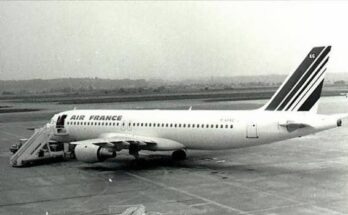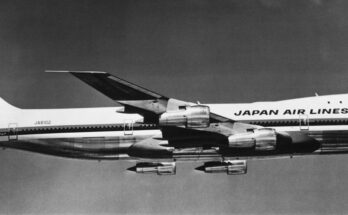
, experienced a catastrophic failure of its tail-mounted engine. This uncontained engine failure resulted in debris severing the plane’s three hydraulic lines, leading to a complete loss of primary flight controls. The flight crew, including Captain Alfred “Al” Haynes, First Officer William Records, and Flight Engineer Dudley Dvorak, were faced with an unprecedented situation.

Among the passengers was Captain Dennis Fitch, an off-duty United Airlines DC-10 flight instructor. Having studied previous accidents involving similar loss of controls, Fitch volunteered to assist the crew. He took control of the throttles and, working with the rest of the crew, used asymmetric thrust from the remaining wing-mounted engines to steer the aircraft. This technique, involving differential engine power to control the plane’s direction and altitude, allowed them to guide the crippled jet towards

Sioux Gateway Airport in Sioux City, Iowa
.
Despite their heroic efforts to control the plane, the lack of hydraulic power meant they couldn’t deploy flaps to slow down for landing. The aircraft touched down at a significantly higher speed and rate of descent than recommended, leading to a fiery crash landing on Runway 22, which had been closed. The plane broke apart and rolled over, but a significant portion of the aircraft came to rest in a cornfield next to the runway.
Of the 296 people on board, 111 died in the accident, including 110 passengers and one flight attendant. The remaining 185 individuals, including the cockpit crew, survived. It is important to note that one passenger who initially survived later died from their injuries, bringing the total number of fatalities to 112. The accident was a stark reminder of the potential for cascading failures and highlighted the importance of crew resource management in handling extreme emergencies.



